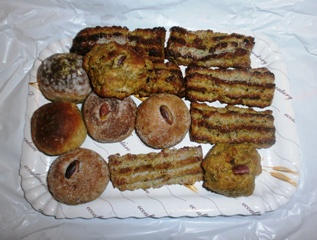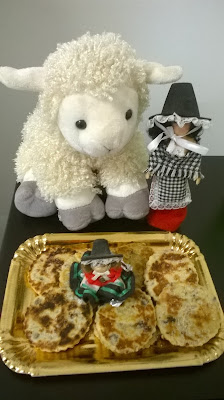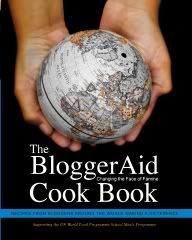Mimosa blossom is very much the order of the day for the
festa della donna [International Women's Day] so it was nice to be presented with a sprig of it with my Sicilian orange juice in the bar this morning and lovely to receive the gift on the left from a friend:
I thought it would be appropriate, on this day, to tell you about ten Italian women who have inspired me - well, more than ten, really, as there are whole convents of nuns involved - but it started at ten!
 |
| Teresa Mattei |
Firstly, if you are wondering why the mimosa is the symbol of International Women's Day in Italy, it was the idea of one
Teresa Mattei , activist, partisan and one of the "mothers of the Italian Constitution".
The other great ladies on my list come in no particular order and I make no apologies for the fact that several of them are writers. I'm just made that way.
Oriana Fallaci has fascinated me since my student days and I learnt only recently that the woman once known as "Italy's most aggessive journalist" could be just like the rest of us when she fell in love!
Elsa Morante was another writer whose work I started reading as a student and in my opinion her greatest novel remains
La Storia or
History. Of that other literary lady who is so popular both here and in Britain, namely signora Ferrante, I have read only one volume, so I am reserving judgement for now. If I get hooked you'll be the first to know!
The works of
Natalia Ginzburg were a comfort to me in my student days and they are a comfort to me now.
Rita Levi Montalcini, who left us almost five years ago, was a scientist and Nobel laureate who, even at the age of 100, had a special empathy with the young, whom her achievements and words continue to excite. The world is poorer without her.
 |
| Rita Levi Montalcini depicted in flower petals at the Noto Infiorata, 2011 |
 |
| Franca Viola |
No woman living in Sicily can forget
Franca Viola, whose determination not to submit to bullying changed Italian law. She lives happily today in Alcamo.
Maria Grammatico, Ericean pastry cook who told her story to Mary Taylor Simeti in
Bitter Almonds, was brought up in a convent, where she learnt to make pastries. I have yet to achieve my ambition of visiting her pastry shop in Erice.
There are still convents in Sicily where the nuns make and sell pastries to raise funds for maintenance or good causes and I'll never forget the day I bought these, through a grille, from a convent in Agrigento. You have my admiration, dear sisters:
The story of
Daniela Spada is one I read recently and who could not be inspired by this lady's courage and the determination with which she fought her way back from devastating illness? I learnt so much from this book.
Artemesia Gentileschi is a woman I've admired since the first film about her came out in the 1990s. More talented than her father and brothers, if ever a woman literally suffered for her art, it was she. Artemesia continued painting, against all the odds, and was the first woman to become a member of the Florentine Accademia di Arte del Disegno.
Finally, the word
pazienza is not in my vocabulary and I've often said it should be banned in Italy as it is too often used to excuse inefficiency by the very victims of that inefficiency. However, when
pazienza is employed to create great or small works of art, I wish I had it so, as we are coming up to Easter, I would like to express once again my admiration for
The Palm Lady.
I hope you've all had a wonderful festa della donna!
















































